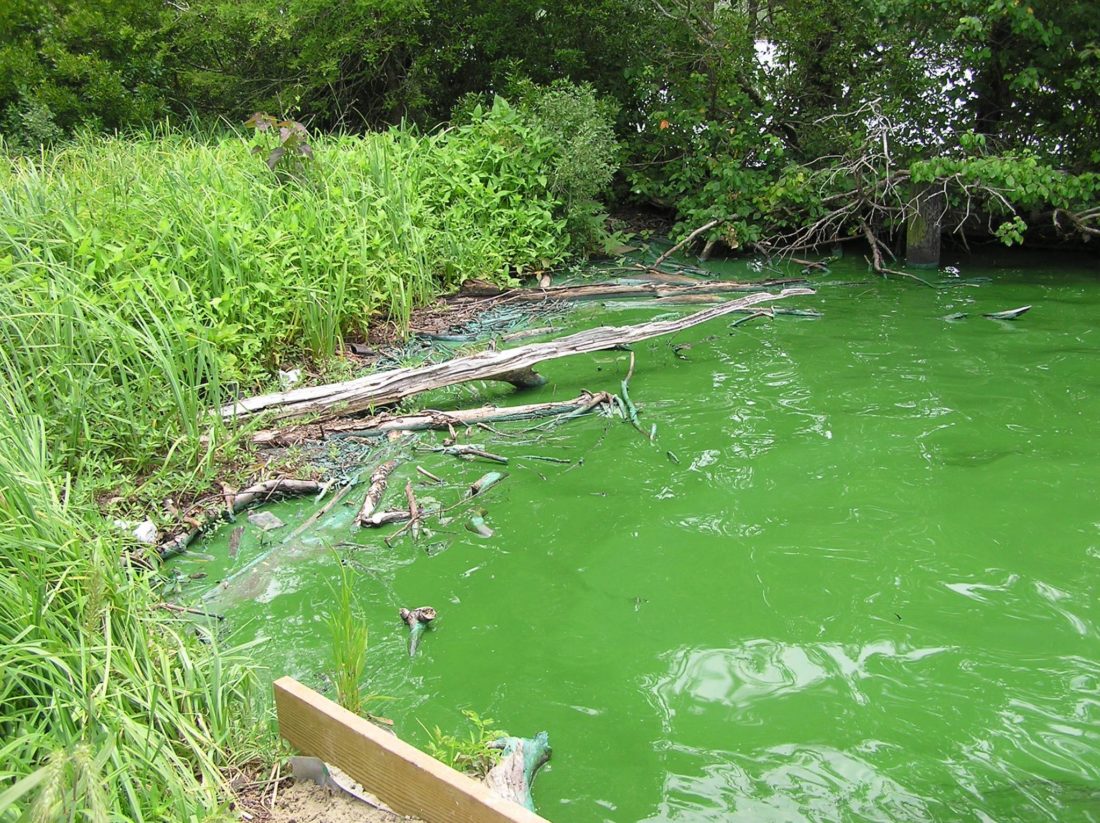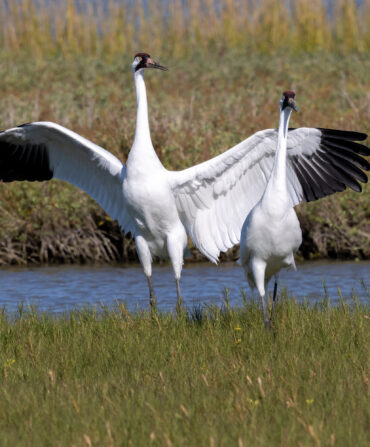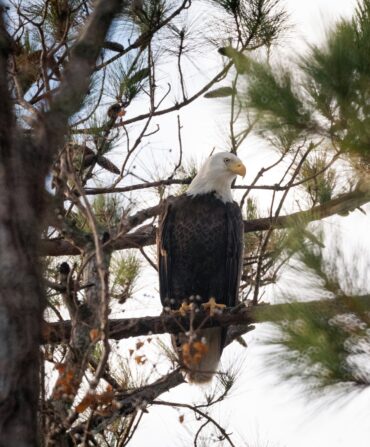A summer evening swim in North Carolina turned deadly last week when three dogs died after playing in a pond thought to contain blue-green algae, toxic bacteria that grow in warm, still bodies of water. Wilmington pet owners Melissa Martin and Denise Mintz took Abby and Izzy, two West Highland white terriers, and Harpo, a “doodle” mix, to cool off after temperatures reached the high nineties last Thursday. Within fifteen minutes after leaving, the dogs started seizing as their nervous systems began to fail. Martin and Mintz rushed their pups to Eastern Carolina Veterinary Referral Animal Emergency and Trauma, but it was too late. All three dogs died.
Similar deaths have been reported in Lake Allatoona near Atlanta and Red Bud Isle dog park at Lady Bird Lake in Austin, Texas, and blue-green algae has been identified in lakes at a number of locations around the South and beyond, including Montgomery County in Maryland, Spotsylvania County in Virginia, lakes near Charlotte, North Carolina, as well as in Minnesota, Maine, and Montana.
Blue-green algae, or cyanobacteria, appears in fresh and brackish bodies of water, proliferating especially when the ponds or lakes are stagnant, shallow, warm, and full of nutrients such as phosphorus and nitrogen from various sources, including fertilizer. These conditions collided during the Southeast’s recent heat wave. “The environmental conditions have to be perfect: hot, humid, with no rain,” Dr. Kimberly Toombs, a veterinarian at the Wilmington clinic where the three dogs were brought on Thursday, told G&G. “Rain stirs up water and bacteria can’t grow. It’s been probably twenty days or so since we’ve had significant rainfall here.”
Elizabeth Booth, the watershed planning and monitoring program manager for the Georgia Environmental Protection Division, agrees. “It’s truly all about the environmental conditions,” Booth says. “We went out Monday [two days after the lethal bloom on Lake Allatoona] and sampled the water. The blue-green algae bloom had dissipated.”
While ingesting cyanobacteria will harm any species—humans included—dogs are particularly susceptible since they tend to play in the shallow ends of ponds, where the algae blooms typically occur, often lapping up water and later grooming it off themselves. According to the Center for Disease Control, if pets come into contact with blue-green algae, wash it off with clean water immediately and rush them to the vet.
“Toxic water will appear bright, pea soup green,” Booth says. But not all green water is deadly. The Georgia Environmental Protection Division has outlined a simple test that will help determine whether algae in lakes are safe: Fill a jar three-quarters of the way full with both surface scum and the water below, close the lid, and place in the refrigerator overnight. “If the algae settles out, it’s not an issue,” Booth says. If a green ring appears at the top of the jar, though, it’s likely toxic.
While this test is helpful, the safest advice is simple: “In hot, humid times of year, which for us is like March to November,” Toombs says, “dogs should stay out of any stagnant water.”
https://www.facebook.com/morgan.laushey/posts/10214149003188976








